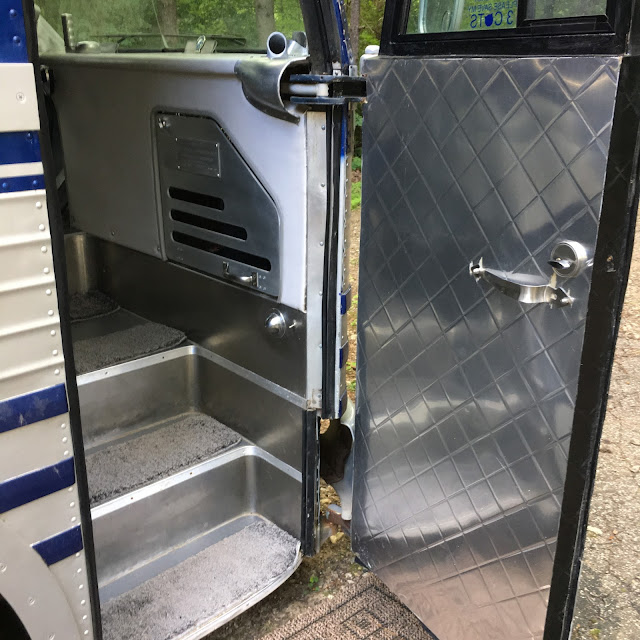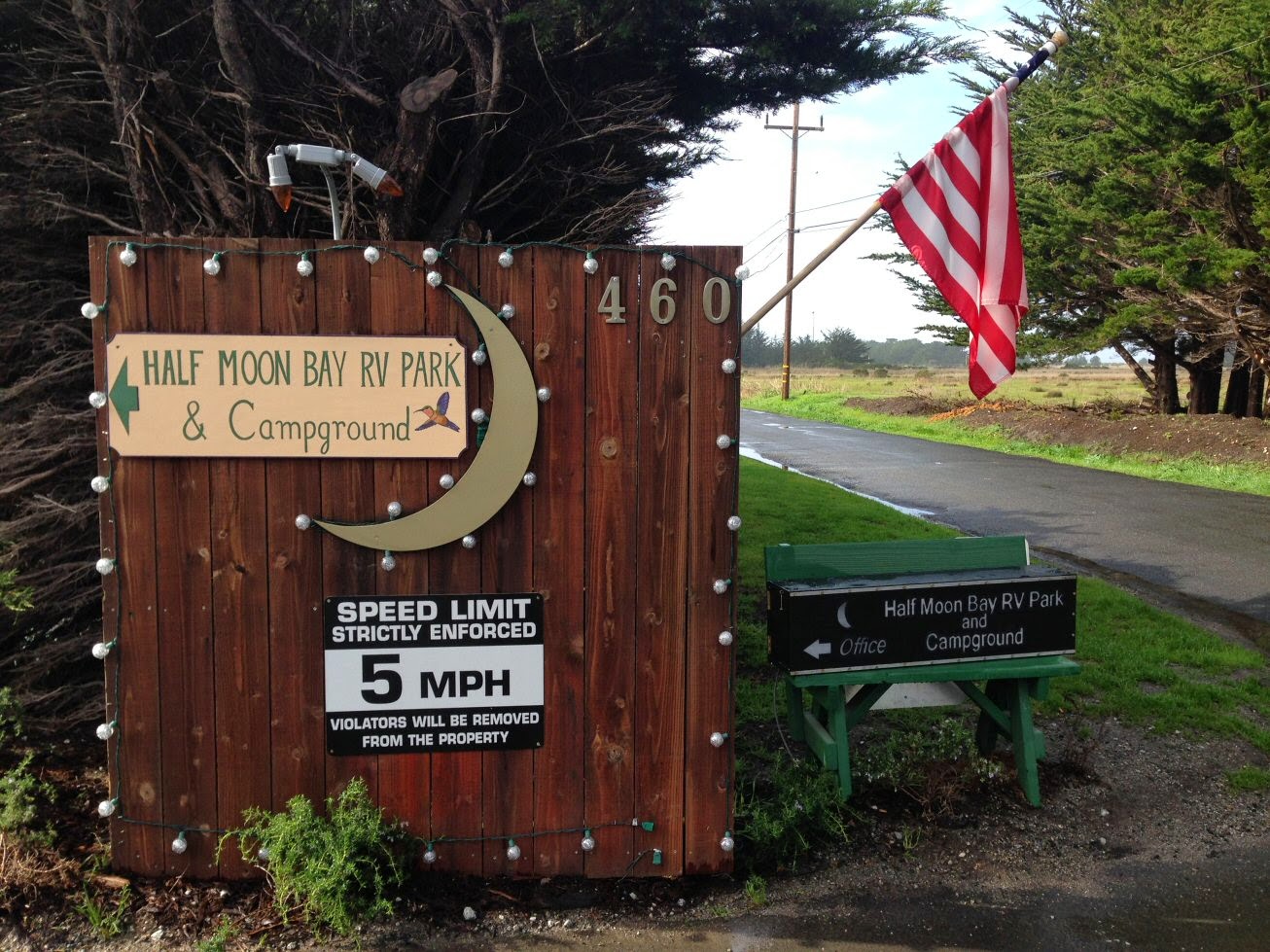THE FINAL WRAP UP
Okay, okay, I know it's been three years since my last post. So I'm going to bring you up to date as the bus is 95% completed. That last 5% will probably never happen. We returned to Michigan in mid-May 2015. I still had a big To Do list. At the top was finishing the closet doors and cabinets. I had all the drawers installed, so I just needed to complete the drawer faces and the closet and cabinet doors.
I cut the doors and drawers and routed 3/4' radius edges. Then installed all the hinges and mounted the doors and drawer faces to get everything aligned. Then uninstalled all the hardware to ready for paint. I removed all the drawers and installed all the handles and latches, then removed them for painting.
I primed all with four coats of automotive fill primer and sanded from 220 down to 600 grit to get a flat, grain-free surface. Mark then shot them with an automotive enamel. He did an awesome job, as usual. The finished product - very shiny. Actually looks like laminate.
Here is the final tour of our 4104. In my opinion, the best-designed bus ever and a quintessential example Streamline Moderne design.
I had to wait awhile before posting this. Our bus is featured in the April issue of Bus Conversion Magazine and I promised to hold off until the article was published. Here's a link to their Facebook page. https://www.facebook.com/BCMagUSA/
As Forest Gump's Mom said, "Life is like a box of chocolates..." Since starting this project in 2011, a lot has changed. Both sons and families now live in the San Francisco Bay area and we have spent the past three winters there. There are about seven RV parks in the Bay Area. All but one require your rig to be less than ten years old. Even though our bus is essentially new as of 2012, we are barred from those parks. We also got turned away from a KOA on the way out this year - same policy. So,,,,,,,, we just purchased a new 27' Airstream. We're still living in the bus at present but plan on moving into the Airstream in a month or so. If you're looking for a nice retro RV, there's one for sale.





















.JPG)





























